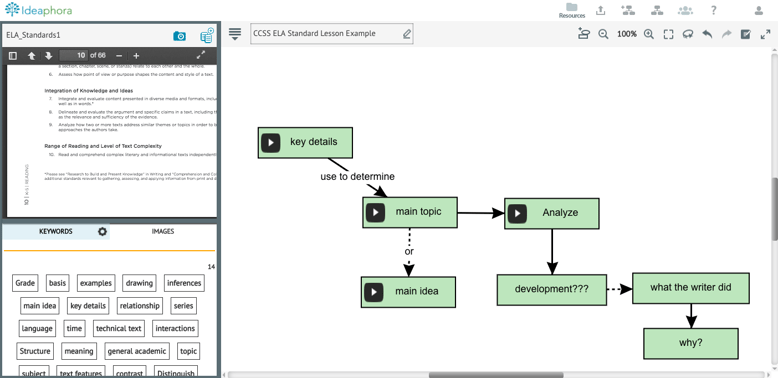I’ve spoken before of my mentor in graduate school, Donald Graves. He used to say that one of the most important questions we could ask, as educators, citizens or even humans, was: What’s it for? Whether an educational policy or a political stance, he’d tell us, “What it’s for has everything to do with what we’re for.”
The question of what something is “for” emerges in the classroom in numerous guises. As students progress from learning mere calculation to confronting the mysteries of algebra, they are quick to ask, “How can we use this?” (that is, What’s it for?) This is a very good question, one that shows students are paying attention and attempting to connect what they learn to their daily lives. Unfortunately, a common response is that more advanced concepts (a quadratic equation, for example) is something they’ll use later—students will need such information for high school or college studies, but not now. That’s not a very satisfying answer for questioning minds. Like the rest of us, students are most interested in information they can use immediately.
Today, many questions about the purpose of curriculum are met with the answer: It’s in the standards. This response is likely even more frustrating to students because they aren’t even sure what standards are, let alone what they are for.
Let’s consider changing that. Let’s help students demystify the Common Core State Standards. You might begin with a discussion of what a standard is, using examples that range from college admissions to an art show, from Olympic scoring to even breed standards from the American Kennel Club. Speculate, too, about how standards can be used for inclusion and exclusion in a variety of settings.
When students are ready, you can share the standards for their grade level and have them work in pairs to translate them into meaningful language and think about the purposes behind them. Ideaphora is a great tool for breaking down text into its components and the Common Core State Standards website is very user-friendly.
Let’s suppose that students are analyzing one of the Common Core ELA standards. They might come up with something like the diagram below:

As you circulate among your students, encourage them to highlight their questions for discussion and share their diagrams with their classmates. You’ll be amazed at their guesses and insights. You may also be surprised at how much you learn from this activity and the questions that occur to you as well.
I started this post with the notion of students understanding the purpose of what they are taught. It’s important, too, for teachers to analyze and discuss the underlying rationale behind curriculum as well. We live in an age in which teacher autonomy, academic freedom and the intuition that develops from years of practice seem undervalued or even ignored. Sometimes we feel like we are merely following directions.
Asking our own questions about the curriculum, speculating about the answers, and, especially among our peers, voicing our thoughts about what our teaching is for is an excellent way to confirm what we do in our profession. Further, it can move us into a new area of practice—Project-Based Learning—an approach which emphasizes student involvement and the application of learning in the real world. More on that next time!
To get started with Ideaphora in your classroom, enroll in our free pilot program.

